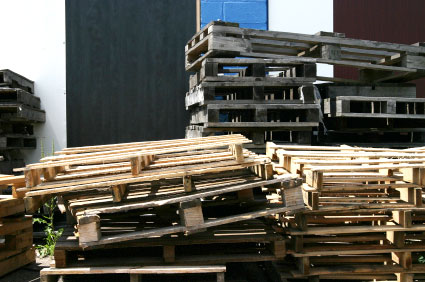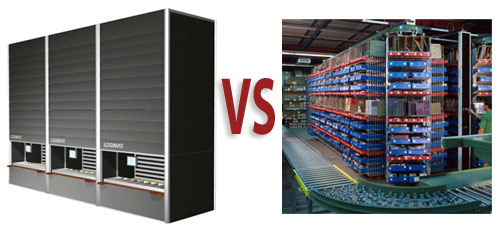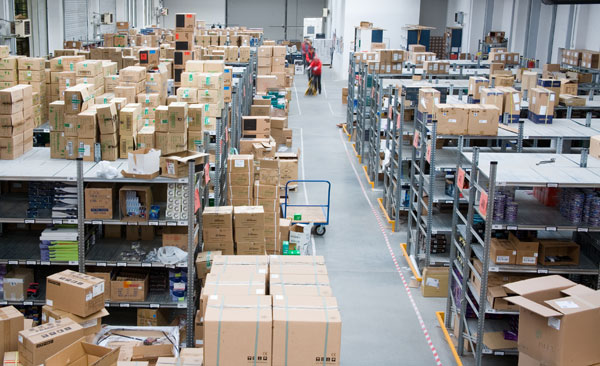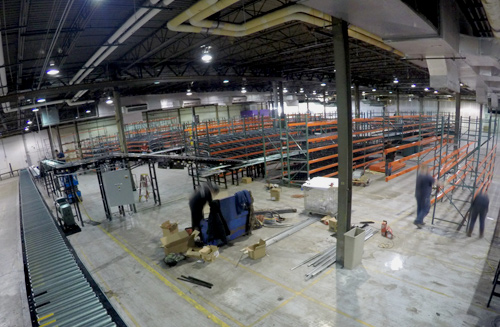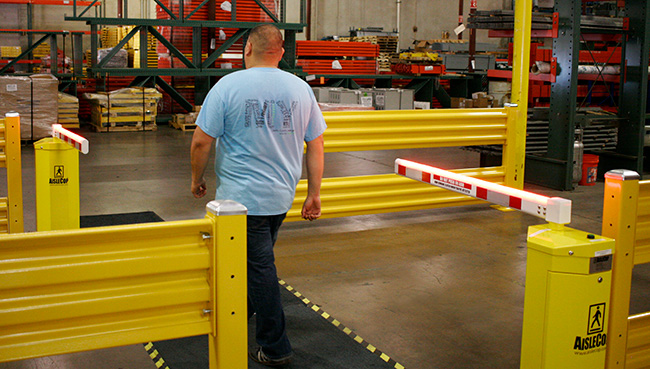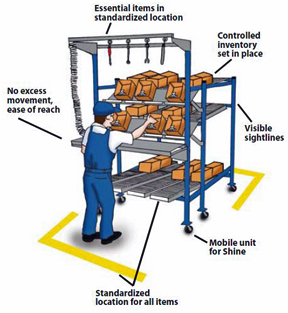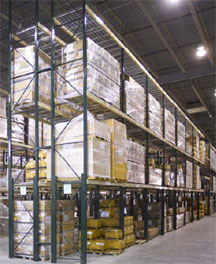
It’s always difficult to secure high-value inventory in the warehouse, and it’s even harder when the load resides in pallet racks, which are larger, have a conventionally open design, and more difficult to secure than inventory that sits on shelves or in carousels or within tool cribs. Pallet rack loads can be palletized or stacked on decking, but either way they are more “open” than other types of inventory. What are your alternatives?
- Use upper bays to keep it out of reach.
- Utilize secure aisles.
- Store it in a separate area/facility.
- Utilize rack-mounted security cages.
- Utilize solid-side rack security enclosures.




